FiiO X3 - £159
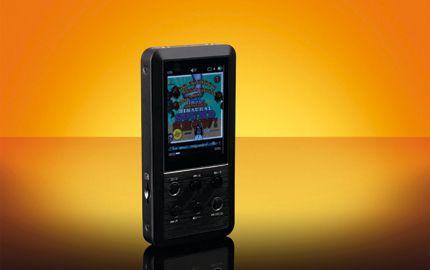
You might be forgiven for gaining the impression that there is really only one option when it comes to portable digital players capable of 24/192 resolution – Astell&Kern. But it was always only a matter of time before other players appeared.
Those in search of an alternative to the somewhat pricey players from iRiver pricked up their ears when FiiO trailed the availability of a more affordable unit using the same Wolfson WM8740 DAC. A similar frisson was felt when it released an excellent portable headphone amp – the E17 – a year or two ago. As ever the assiduous headphone listeners of head-fi.org were the first to take note in both cases, anticipating and buying up the first X3 production runs, just as they had done with the E17.
The device has the same brushed black metal feel as the E17. There is no possible patent-infringing click wheel – the vital navigation functions are fulfilled by pairs of buttons arranged in pairs beneath the decent sized 240 x 320-pixel screen, lending a slight design echo back to the old Sony Walkman 2 switchgear. The sides of the device are also heavily populated. No shared phones/analogue/digital outputs here, they are all separate and there is also an iPod-like hold button. The micro USB connection is the typical USB 2.0 spec with a discreet red charging LED concealed in the front panel close to the base of the device. Battery life is a claimed 10 hours.
The contents of the package are extremely basic: there are screen protectors, a silicon sleeve, a micro-USB lead and a 3.5mm-to-phono socket adapter for digital hookup. A leather case is available for £30. Replacement silicon skins for £5.
Comparisons with the lower price level Astell&Kern – the AK100 – are inevitable and although it is slightly taller, the X3 is notably lighter. The history of the firmware support for the X3 has also tracked a similar path to that of its more expensive rival, in that the need for gapless playback, and the promise of USB DAC capability have recently been fulfilled with the v2.05 firmware. The X3 gets one over the AK100 as the DAC functionality is fully 24/192 asynchronous spec, whereas it is capped at 24/96 on the Astell&Kern. An ASIO driver and a detailed setup guide is available so PC users can take advantage of the DAC functionality.
The areas in which the X3 loses out to the AK100 go some way to explaining the significant disparity in price. Most notable is the step down from a touchscreen paradigm to an entirely button-operated one – it is amazing how much you miss this
on the return. The onboard memory (8GB for the X3) and single Micro SD upgrade slot are also less generous, giving less than half the total possible capacity of the AK100 at 72GB with a single 64GB card. Getting down to the little niggles, the card slot lacks the protective cover of the AK 100, but the latching action is smooth and doesn’t spring the all-too-loseable tiny cards violently enough to cause anxiety on ejection. Finally, the absence of aptX should only upset those who are over-attached to Bluetooth speaker setups.
I dutifully upgrade the shipped firmware to the latest version before setting about auditioning. The update method is booting from the firmware file on an SD card while holding the menu and power buttons down.
Happily the FAT32-formatted Sandisk Utra Micro SD XC 64GB cards I use in the AK100 are accepted by the X3, so the auditioning material is predominantly 24-bit FLAC from either HDTracks or Qobuz. Much like the AK100, a scan needs to be triggered to pick up all the FLAC tagging information.
Sound quality
I initially test out the X3 on typical mobile usage with my habitual Etymotic ER4 headphones using custom moulds. The results are extremely positive – it is immediately apparent that the FiiO has plenty of power to drive whatever headphones you throw at it making it a much more straightforward proposition than the fussy AK100. Deafening yourself is a possibility here, something the AK100 would struggle to achieve.
The sound characteristic is also significantly different. Where the AK100 specialises in a slightly staid but extremely detailed presentation, the X3 is very good at raw excitement at the expense of a little bit of detail.
This makes it best suited to compressed modern pop. Using Chloroform by Phoenix from Qobuz as an example, it is hard not to feel swamped by the massive synth sounds, but the X3 gives a satisfying sense of the midrange being able to cut through the ponderous bass pads. The high frequencies do feel a little constrained, though.
A move to the similarly sourced Hey Now by London Grammar reassures to a degree – the vocal has a fantastic richness in this version and the imaging is impressive. There is still some concern that the metals and other high-end effects slightly lack fidelity. This is where the delicacy of the AK100 can be preferable – despite the common converter the voicings are quite different.
Accordingly this is perhaps not one for the classical aficionados. The new 24/96 Bach St Matthew’s Passion from Harmonia Mundi does not come across as well on the X3, lacking the choral and instrumental separation necessary for real enjoyment.
Switching to the new USB DAC functionality is achieved by flipping USB Mode from ‘Storage’ to ‘DAC’ in the X3 System Settings menu – so long as you have the latest firmware version installed. It is immediately apparent that the OSX Sound preference panel can driverlessly switch to FiiO X3 and the X3 storage is no longer available from the computer. Audio/Midi Setup also defaults to 24/192 output settings.
Listening to the results of this smooth setup using the Decibel player from a MacBook Pro gives an equally smooth sound, with open and impressive soundstaging. Although the line out is separate from the headphone out unlike the AK100, the sound quality with the analogue stage renders the 24/44.1 version of Hot Chip’s Night and Day much more brashly (in an enjoyable way) than the restrained AK100, but with the vocal suffering from a slightly recessed quality in comparison.
Up the resolution a bit and these concerns are allayed. Edie Brickell’s vocal on the 24/88.2 version of her Steve Martin duet When You Get To Asheville is as clear as a bell. The voice sits above the banjo picking, all ably supported by a warm bed of strings that have real body, life and soundstage width. The real X3 advantage is felt with the step up to 24/192 conversion, which the AK100 cannot match. Mr. Pastorius from Miles Davis’ Amandla gives a tasteful balance of the faithful trumpet tone. The rough edge to the high frequencies in the cymbals is the only indicator that this is a device doing its ‘second’ job.
Conclusion
There is no stronger recommendation for the FiiO X3 than that ‘I want one’ feeling. If it had been more readily available when I procured my own AK100 it would have been a tough call whether to go for the substantial saving or the more luxe operation and increased capacity. Your own purchasing decision should be based on whether your preferred headphones are hard to drive. If they are, the cheaper player is definitely the way to go, unless you want to customise your AK. The only real differentiator is that new firmware has brought DSD playback to the AK100 – even this may follow for the X3 in the fullness of time. PC
DETAILS
Product: FiiO X3
Origin: China
Type: 24/192-capable Digital Audio Portable
Weight: 122g
Dimesnions: (WxHxD) 55 x 109 x 16mm
FEATURES
• APE, FLAC, WAV, AIFF, ALAC, MP2, MP3, AAC, WMA and OGG playback
• 8GB internal memory
• Micro SD slot for memory expansion up to a total 72GB
• 3.5mm coaxial digital and line analogue outputs
Distributor: Advanced MP3 Players
Telephone: 0843 2896880
Website: advancedmp3players.co.uk
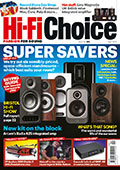 |
Inside this month's issue: Arcam Radia A25 integrated amp, iFi Audio iDSD Diablo 2 DAC/headphone amp, Eversolo DMP-A8 streamer/DAC/preamp, Line Magnetic LM-845IA valve amp, Record Store Day Spring Drop, standmount loudspeaker Group Test and much, much more
|
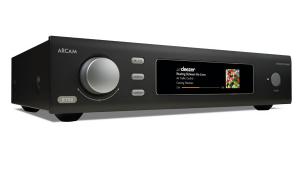
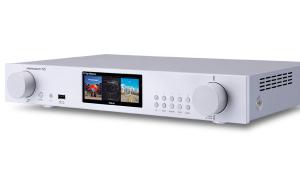
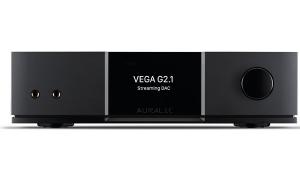
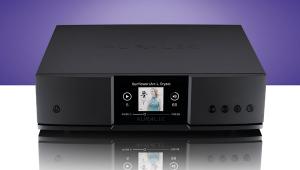
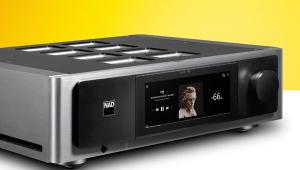
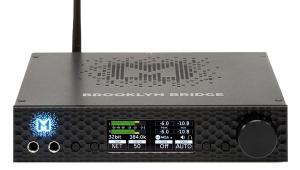
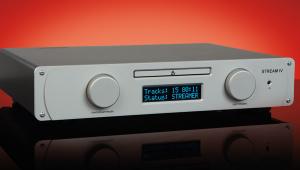
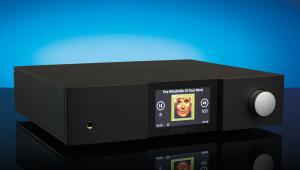
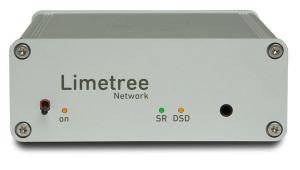
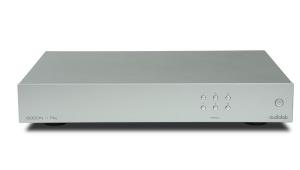
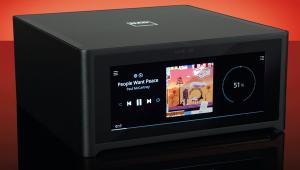
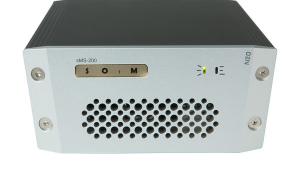
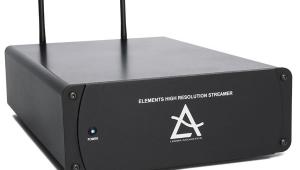
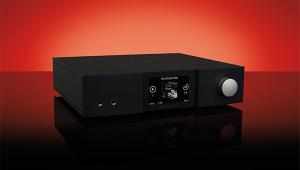
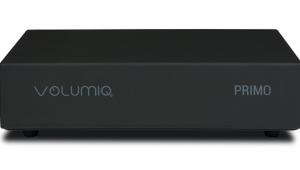
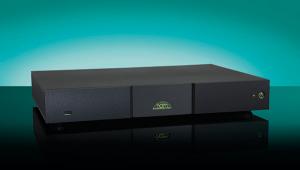
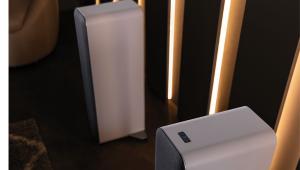
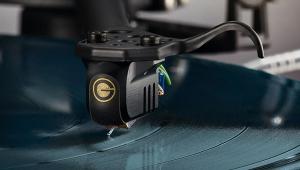

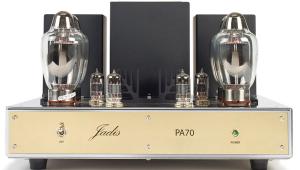
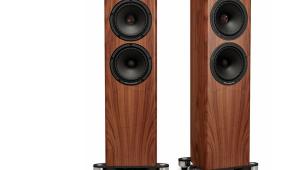
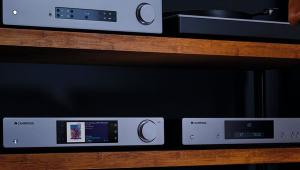
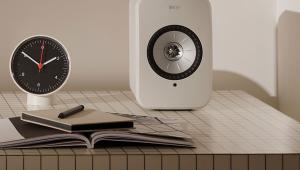
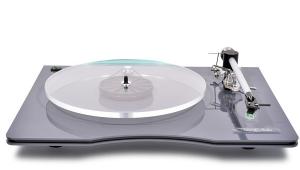

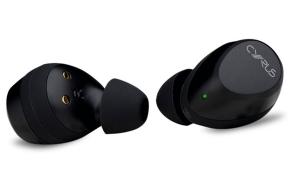
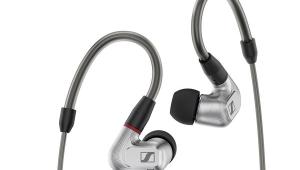
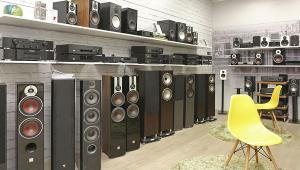
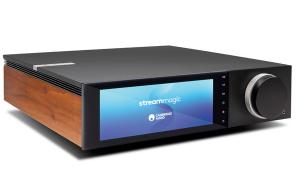


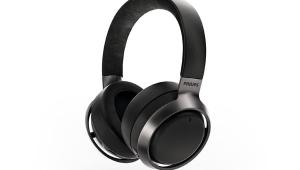
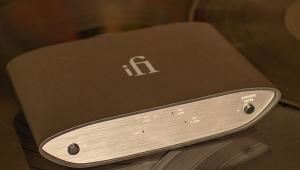
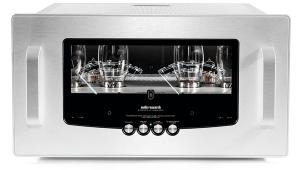
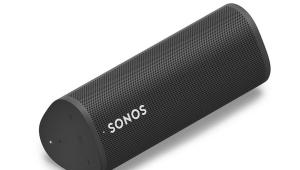
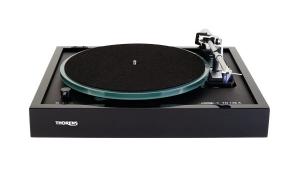
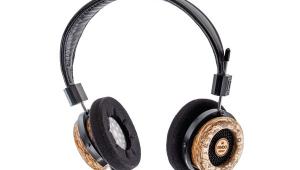
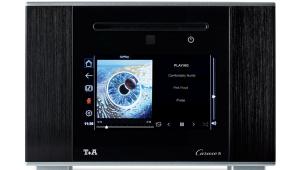
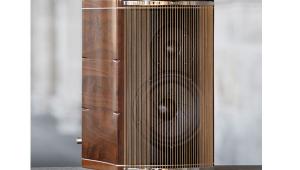
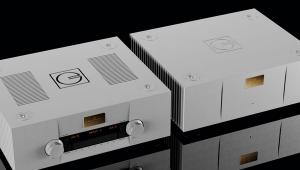
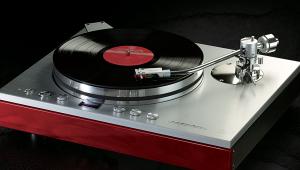
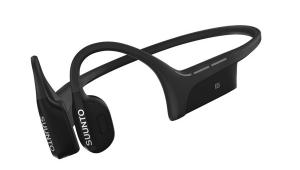
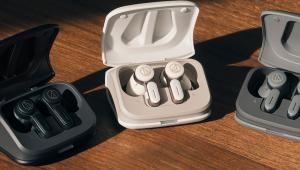
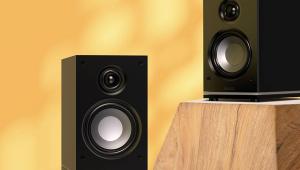
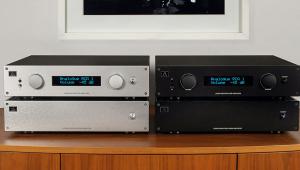
.jpg)



